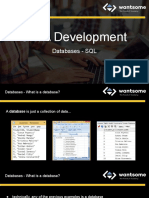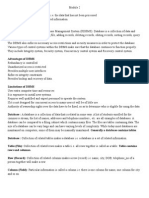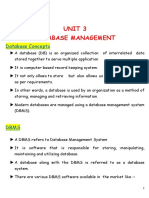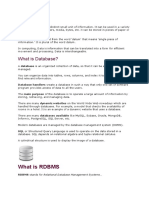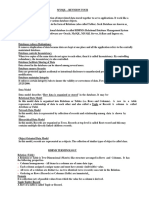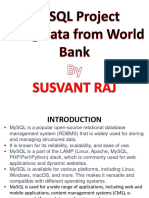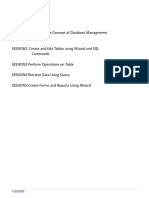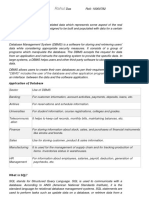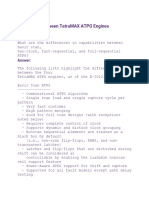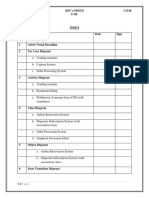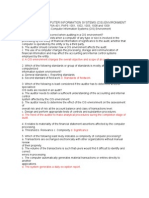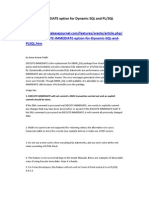0% found this document useful (0 votes)
9 views3 pagesSQL Project
This is a detailed sql projects . who all are interested to learn may find it useful
Uploaded by
lokesh.sCopyright
© © All Rights Reserved
We take content rights seriously. If you suspect this is your content, claim it here.
Available Formats
Download as DOCX, PDF, TXT or read online on Scribd
0% found this document useful (0 votes)
9 views3 pagesSQL Project
This is a detailed sql projects . who all are interested to learn may find it useful
Uploaded by
lokesh.sCopyright
© © All Rights Reserved
We take content rights seriously. If you suspect this is your content, claim it here.
Available Formats
Download as DOCX, PDF, TXT or read online on Scribd
/ 3









